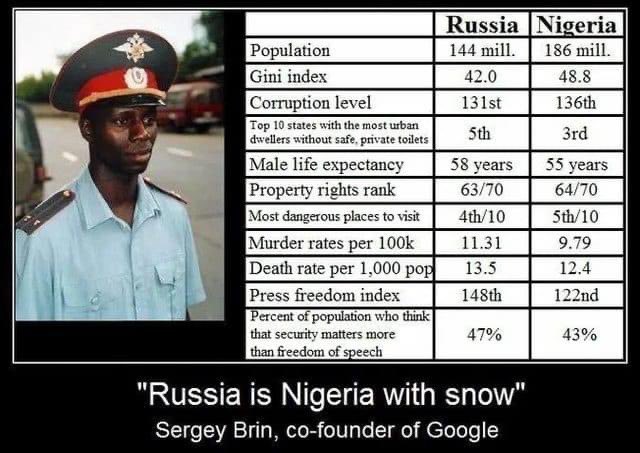Of course, we are really only seeing this because even over two years later, Russia can not gain air dominance over Ukraine.
Russia has lost over 100 fixed wing aircraft over Ukraine, and they have largely given up trying to operate inside of Ukraine because of the SAM threat. That is why the sorties flown have decreased significantly, and now almost never actually approach the border. They now are largely using glide bombs, released while still over Russian territory.
That allows them to drop ordinance, and stay far enough back that unless they are at high altitudes there are no real threats from SAM.
But in many ways, they are using them for the same reason that Germany did in WWII. Losing control of the skies over the UK (then France), they could no longer use aircraft to attack targets. So instead resorted to using weapons that did not require pilots, and was not expected to return after the mission. And I find it interesting that they are resorting more and more to ballistic missiles. Primarily because they still have so damned many in storage, and even though more resource intensive to build, they require less technological resources than cruise missiles.
Plus ballistic missiles are more guaranteed to reach their targets, as even cruise missiles can be shot down with even WWII era technology. However, it takes a much more sophisticated level of technology to take out a ballistic missile.





